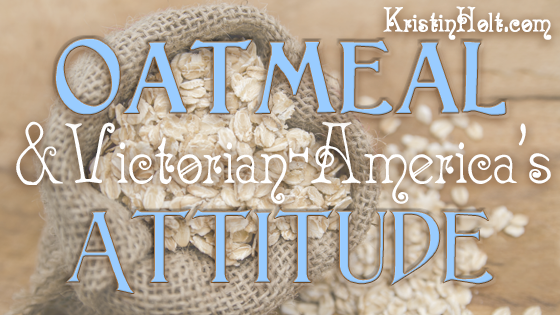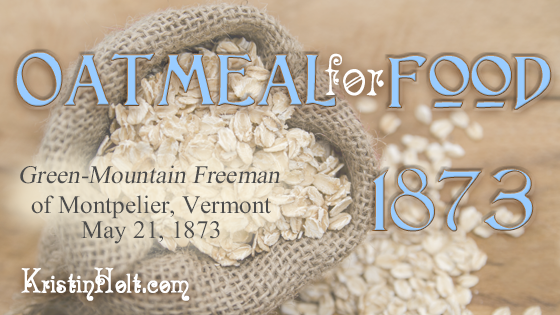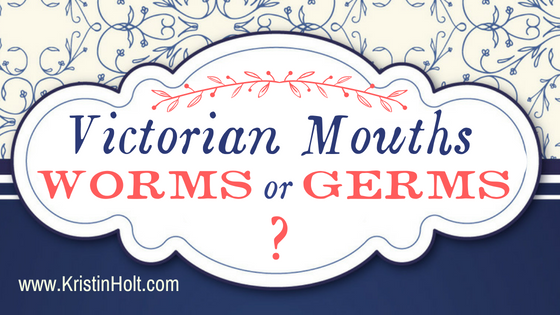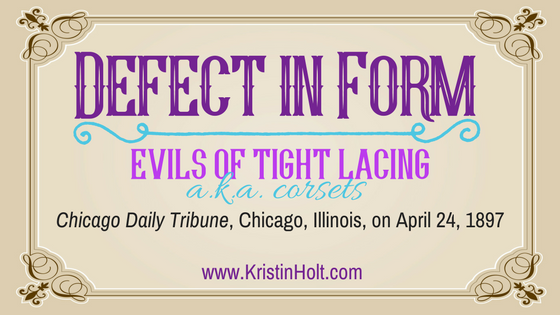
by Kristin Holt | May 15, 2019 | Articles
Some Victorians spoke of oatmeal as if it were a mainstay of their diets. Others claimed oats were fit only for animal fodder or for use in baths to soften skin… but food? Ugh. No. Why were beliefs so polarized? Why did Victorian-Americans have an aversion to oats?

by Kristin Holt | May 15, 2019 | Articles
In support of my other articles about oatmeal in the recipes of Victorian-era Americans, this post contains a lengthy vintage newspaper clipping, an article titled “Oatmeal for Food”. Originally published: Green-Mountain Freeman of Montpelier, Vermont on May 21, 1873. Included as a careful transcription, maintaining formatting, spelling, punctuation, paragraph length, and more. Also includes the digital images from the nearly 150-year old newspaper.

by Kristin Holt | Jun 25, 2018 | Articles
Did Victorians blame tooth decay on worms or germs?
Scientific understanding of dental decay received a huge boost in the work of Dr. Willoughby Miller, an American dentist in Germany in the late 19th century. His publication of his microbiology discoveries, Micro-Organisms of the Human Mouth, eradicated old myths and brought about “an unprecedented interest in oral hygiene”… and occurred just in time to contribute to my novella’s [Isabella’s Calico Groom] setting and characters’ development.

by Kristin Holt | May 18, 2017 | Articles
An unnamed Dress Reformer, utterly against “tight lacing” (corsets), uses the art of poetry to explain that everything that ills a woman–from her attitude to her nature, from length of life to a red-tipped nose–is all a result of the ill-fated habit of tightly cinched corsets. This vintage newspaper publication is an example of the American Victorian’s use of humor to blame fashion on craziness with a price too steep to pay.

by Kristin Holt | May 13, 2017 | Articles
Despite the voice of reason from scientists of the day, medical doctors, dress reformers, nineteenth century women continued to cling to advertisements claiming health depended upon corsets and laced tightly to achieve the beautiful figure they desired. Advertisements didn’t promote mere beauty–they went so far as to claim health. A newspaper article published in Chicago Daily Tribune of Chicago, Illinois, on April 24, 1897 spoke of Roentgen’s Light–X-rays–and the malformation caused by lacing. Today, the argument seems sound, prudent, and almost laughable that anyone fell for corsets.













